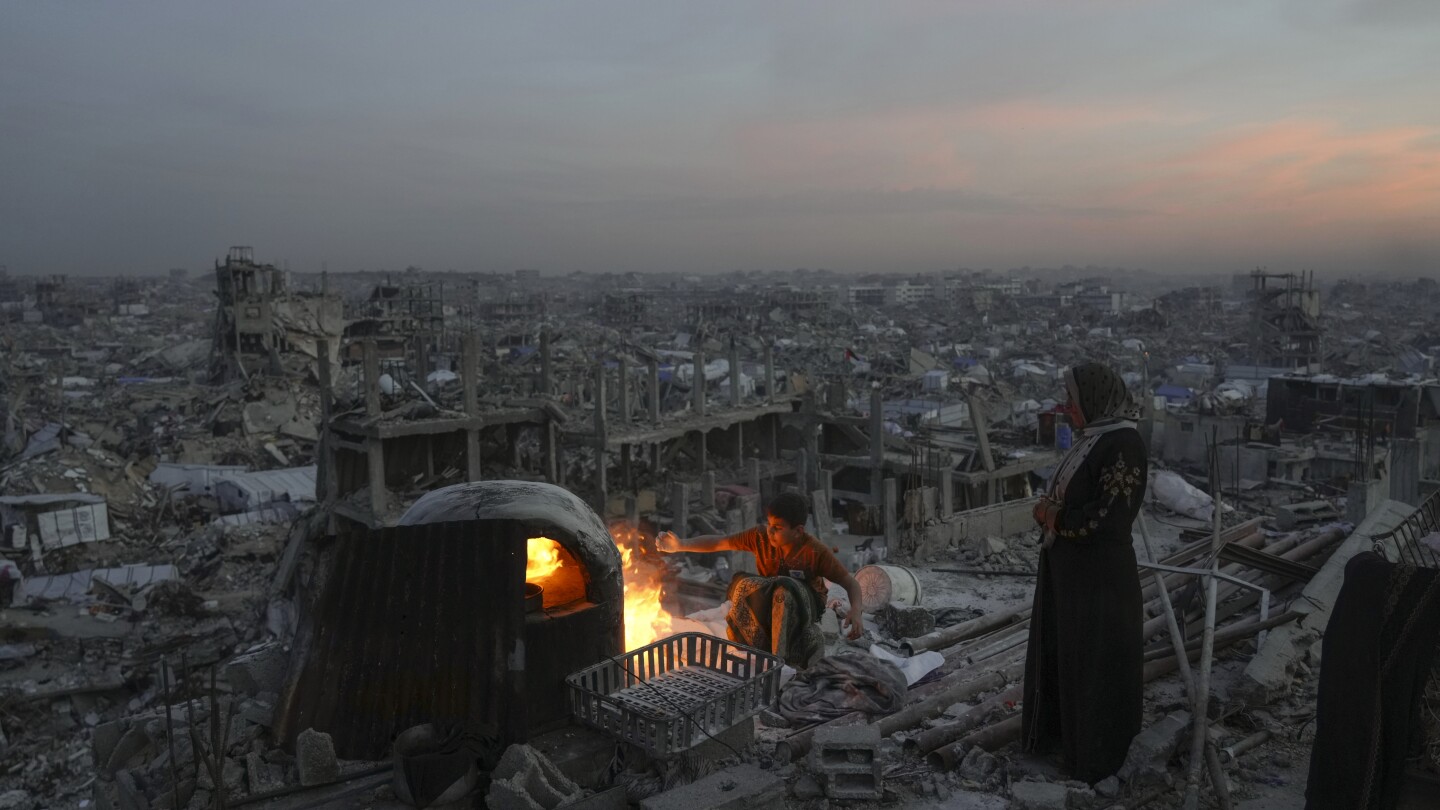Renewed Violence: Israel Intensifies Airstrikes in Gaza
As tensions in the Middle East continue to escalate, Israel has intensified its airstrikes in Gaza, leading to a devastating loss of life. Reports indicate that at least 44 individuals have tragically lost their lives in the recent surge of violence. This alarming development not only heightens the humanitarian crisis in the region but also raises serious questions about the future of peace negotiations and the ongoing conflict. The renewed fighting highlights the intricate web of historical grievances, geopolitical interests, and the urgent need for comprehensive solutions.
The Context of Renewed Violence
The renewed violence in Gaza can be traced back to long-standing issues that have plagued the Israeli-Palestinian conflict for decades. Tensions have often flared due to factors such as territorial disputes, political instability, and economic hardships. The recent escalation follows a period of relative calm, which many hoped would lead to renewed dialogue and potential peace initiatives.
However, the fragile ceasefire agreements have proven to be insufficient in addressing the underlying issues that fuel conflict. The airstrikes, reportedly targeting militant groups, have caused significant collateral damage, exacerbating the already dire humanitarian situation in Gaza. As infrastructure is destroyed and civilian casualties mount, the prospects for peace grow increasingly bleak.
The Humanitarian Crisis in Gaza
The humanitarian situation in Gaza is dire and has been deteriorating over the years. With limited access to essential services such as clean water, healthcare, and education, the population is under immense strain. The recent airstrikes have only worsened these conditions, leading to:
- Increased civilian casualties: The airstrikes have resulted in numerous deaths and injuries among civilians, raising concerns about the protection of human rights.
- Displacement: Many families have been forced to flee their homes, exacerbating the already critical issue of displacement in the region.
- Healthcare challenges: The healthcare system in Gaza, already overwhelmed, is struggling to cope with the influx of casualties and the destruction of medical facilities.
- Economic impact: The ongoing conflict severely hampers economic activities, making it difficult for families to meet their basic needs.
International organizations have called for immediate humanitarian assistance and intervention to alleviate the suffering of the Gazan population. The need for a coordinated response is more pressing than ever as the situation continues to unfold.
International Reactions and Diplomatic Efforts
The renewed violence has drawn reactions from various international players, including governments and humanitarian organizations. Many nations have expressed concern over the escalating conflict and the loss of civilian lives. Calls for restraint and a return to dialogue have been echoed by:
- The United Nations: The UN has emphasized the need for both parties to exercise restraint and has called for an immediate ceasefire to prevent further loss of life.
- The European Union: The EU has reiterated its commitment to a two-state solution and urged both sides to return to negotiations.
- Human Rights Organizations: Numerous NGOs have condemned the violence and called for accountability for any breaches of international law.
Despite these calls for peace, the reality on the ground remains complex. Diplomatic efforts to mediate the conflict often face significant challenges, including deep-seated mistrust and differing narratives from both sides. The international community continues to grapple with finding a sustainable path toward peace that addresses the legitimate rights and aspirations of both Israelis and Palestinians.
Prospects for Peace Amidst Renewed Violence
As the situation continues to evolve, the prospects for peace appear increasingly tenuous. The cycle of violence has deep historical roots, making it challenging to envision a resolution. However, several factors could potentially contribute to a more peaceful outcome:
- Increased international pressure: A unified stance from the international community may compel both parties to engage in meaningful dialogue.
- Grassroots movements: Local peace initiatives and grassroots movements have the potential to foster understanding and cooperation between Israelis and Palestinians.
- Addressing humanitarian needs: Prioritizing humanitarian assistance and rebuilding efforts in Gaza could help alleviate tensions and build trust.
While the path to peace is fraught with challenges, maintaining hope and seeking innovative solutions is essential. The international community must remain engaged and committed to facilitating dialogue and understanding, emphasizing the importance of a just and lasting resolution to the conflict.
Conclusion: A Call for Compassion and Action
The renewed violence in Gaza, marked by intensified airstrikes and rising fatalities, is a stark reminder of the urgent need for compassion and decisive action. As the world watches, it is crucial to advocate for the protection of civilians and the restoration of basic human rights. The loss of life is a tragedy that underscores the consequences of inaction and the dire need for a comprehensive approach to resolve the Israeli-Palestinian conflict.
In these turbulent times, fostering dialogue, understanding, and empathy is more important than ever. The international community must rally together to support humanitarian efforts and push for a peaceful resolution that honors the dignity and rights of all individuals affected by this ongoing crisis. Only through collaborative efforts can we hope to break the cycle of violence and pave the way for a brighter future for both Israelis and Palestinians.
See more Update My News



